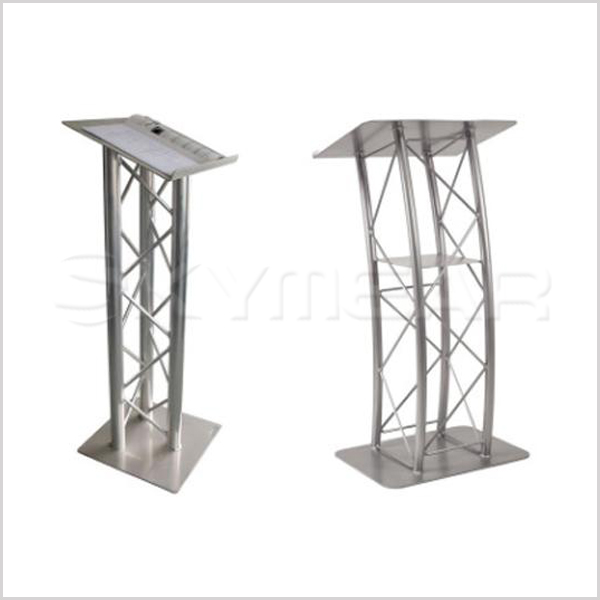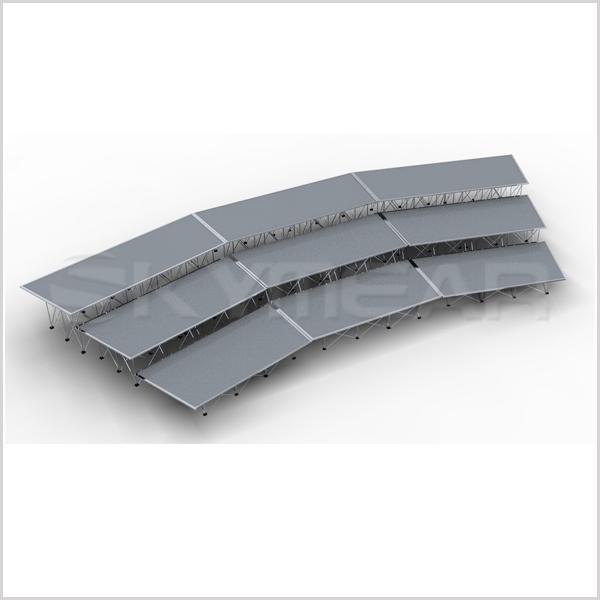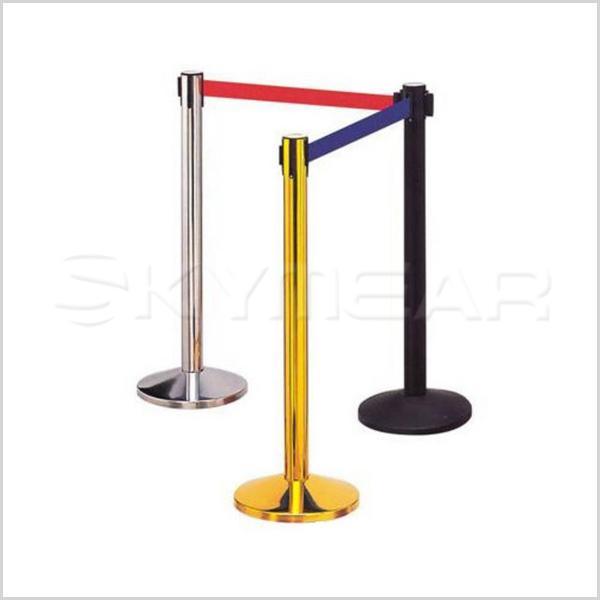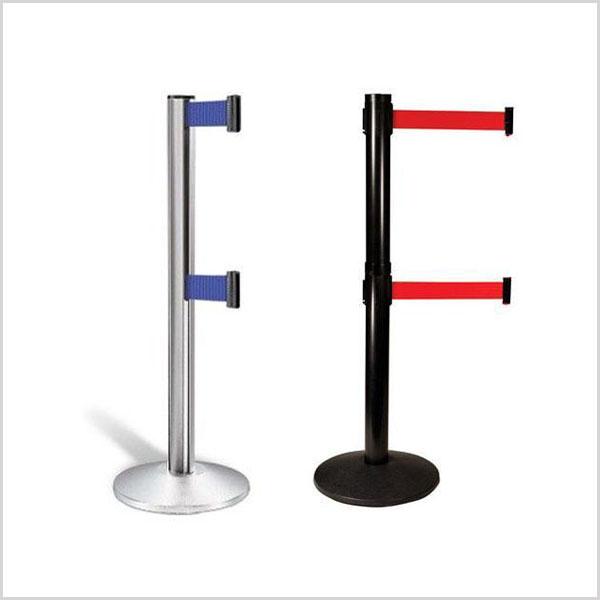stage truss
What Should I Pay Attention To When Using The Cable Protector?
[2019-02-12]1. The Cable Protector is a special device for protecting the cable sheath to avoid lightning damage and induced overvoltage damage to the cable sheath.
2. The cable protector is connected between the high voltage cable sheath and the ground. The M10 mounting bolts are connected to the cable sheath, and the protector is put into use. When installing, the lead wire tension at the end of the high voltage outlet should not exceed 147N. The insulation level of the connecting wires should not be lower than the insulation level of the outer sheath of the cable to be protected, and the connection circuit should be as short as possible. The device must be reliably grounded.
3. Rubber Cable Protectors can not absorb power frequency overvoltage beyond the long-term tolerance.
4. After the protector is put into operation for one year, a preventive test should be done.
(1) DC 1mA voltage measurement:
A DC voltage is applied across the protector (the ripple of the DC voltage is not more than ±1.5%), and the voltage value is read after the current flowing through the protector is stabilized at 1 mA.
(2) Insulation resistance test:
The insulation resistance of the protector was measured with a 2500 volt shaker. The insulation resistance value is not specified, but the results should be close to each other, and there should be no short circuit, poor contact or short circuit.



- Tel/WhatsAPP: +86 159 8664 2014
- E-mail: info@skymear.com
- Add: ROOM 1005,10/F,HO KING COMMERCIAL CENTER, 2-16 FA YUEN STREET,MONGKOK,KL HK

- Copyrights © Skymear Stage Truss
- All Rights Reserved
- Find Us




















